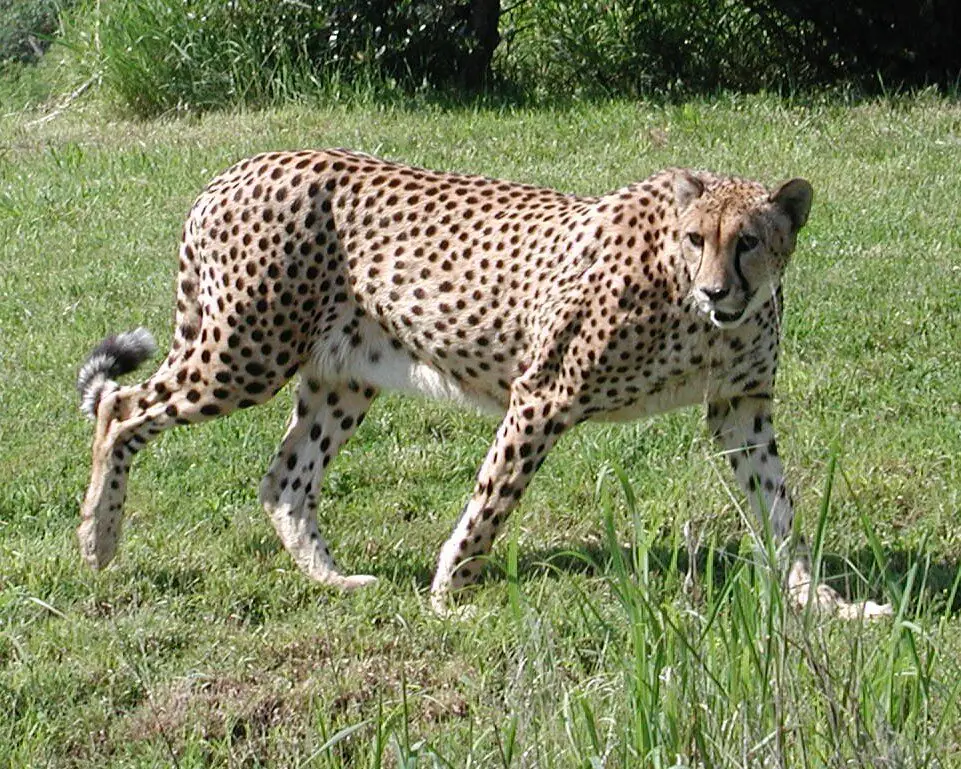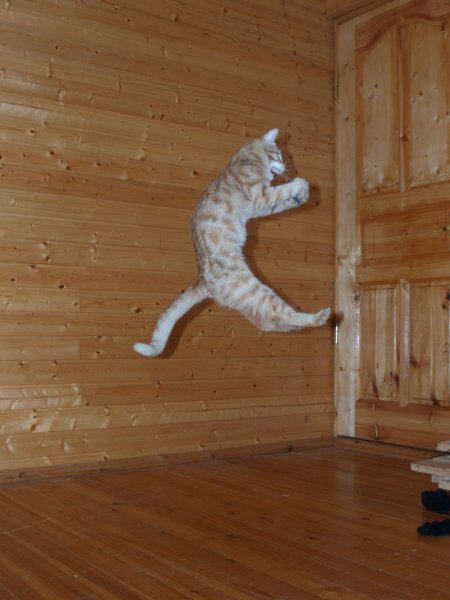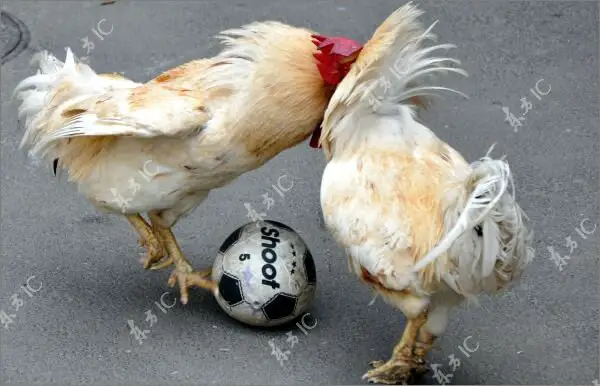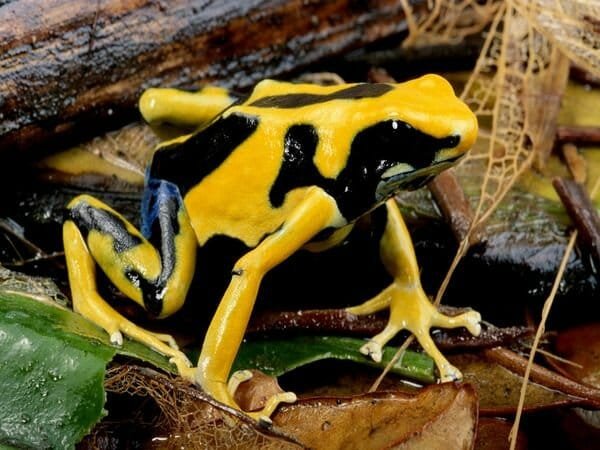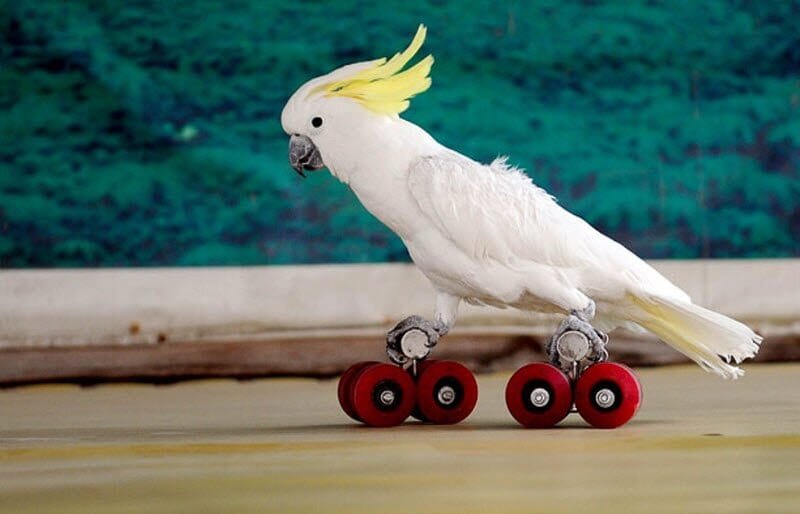Book of Records! We all know what it is! Did you know that there are animals Book of Records? There is. Only for true lovers of animals all the interesting information in one place. Enjoy!
Cheetah
The cheetah is an atypical member of the cat family that is unique in its speed, while lacking climbing abilities. The species is the only living member of the genus Acinonyx. It is the fastest land animal, reaching speeds between 112 and 120 km/h in short bursts covering distances up to 460 m, and has the ability to accelerate from 0 to 103 km/h in three seconds, faster than most supercars. Recent studies confirm the cheetah’s status as the fastest land animal
Great White Shark
The great white shark, Carcharodon carcharias, also known as great white, white pointer, white shark, or white death, is a large lamniform shark found in coastal surface waters in all major oceans. The great white shark is very well known for its size, with the largest individuals known to have approached or exceeded 6 metres in length and 2,240 kilograms in weight.It reaches maturity at around 15 years of age and can have a life span of over 30 years. The great white shark is arguably the world’s largest known extant macropredatory fish and is one of the primary predators of marine mammals. It is also known to prey upon a variety of other marine animals including fish, pinnipeds, and seabirds. It is the only surviving species of its genus, Carcharodon.
Sooty Shearwater
The Sooty Shearwater is a medium-large shearwater in the seabird family Procellariidae. In New Zealand it is also known by its Maori name tītī and as “muttonbird”, like its relatives the Wedge-tailed Shearwater and the Australian Short-tailed Shearwater.
Bar-Tailed Godwit
The Bar-tailed Godwit is a large wader in the family Scolopacidae, which breeds on Arctic coasts and tundra mainly in the Old World, and winters on coasts in temperate and tropical regions of the Old World.[2] It makes the longest known non-stop flight of any bird and also the longest journey without pausing to feed by any animal, 11,680 kilometres along a route from Alaska to New Zealand.
Impala
An impala is a medium-sized African antelope. The name impala comes from the Zulu language meaning “Gazelle”. They are found in savannas and thick bushveld in Kenya, Tanzania, Swaziland, Mozambique, northern Namibia, Botswana, Zambia, Zimbabwe, southern Angola, northeastern South Africa and Uganda. Impalas can be found in numbers of up to 2.000.000 in Africa
Froghopper
The froghoppers, or the superfamily Cercopoidea, are a group of Hemipteran insects, in the suborder Auchenorrhyncha. Traditionally, most of this superfamily was considered a single family, Cercopidae, but this family has been split into three separate families for many years now: the Aphrophoridae, Cercopidae, and Clastopteridae. More recently, the family Epipygidae has been removed from the Aphrophoridae. These families are best known for the nymph stage, which produces a cover of frothed-up plant sap resembling spit; the nymphs are therefore commonly known as spittlebugs, or spit bugs, and their froth as cuckoo spit or snake spit. The final family in the group, Machaerotidae, is known as the tube spittlebugs because the nymphs live in calcareous tubes, rather than producing froth as in the other families.
Rhinoceros Beetle
The rhinoceros beetles or rhino beetle are a subfamily of beetles in the family of scarab beetles. They are among the largest of beetles, and their common name refers to the characteristic horns borne by the males of most species in the group. The male beetles use their horns in mating battles against other males.
African Elephant
African elephants are the species of elephants in the genus Loxodonta, one of the two existing genera in Elephantidae. Although it is commonly believed that the genus was named by Georges Cuvier in 1825, Cuvier spelled it Loxodonte. An anonymous author romanized the spelling to Loxodonta and the ICZN recognizes this as the proper authority.
